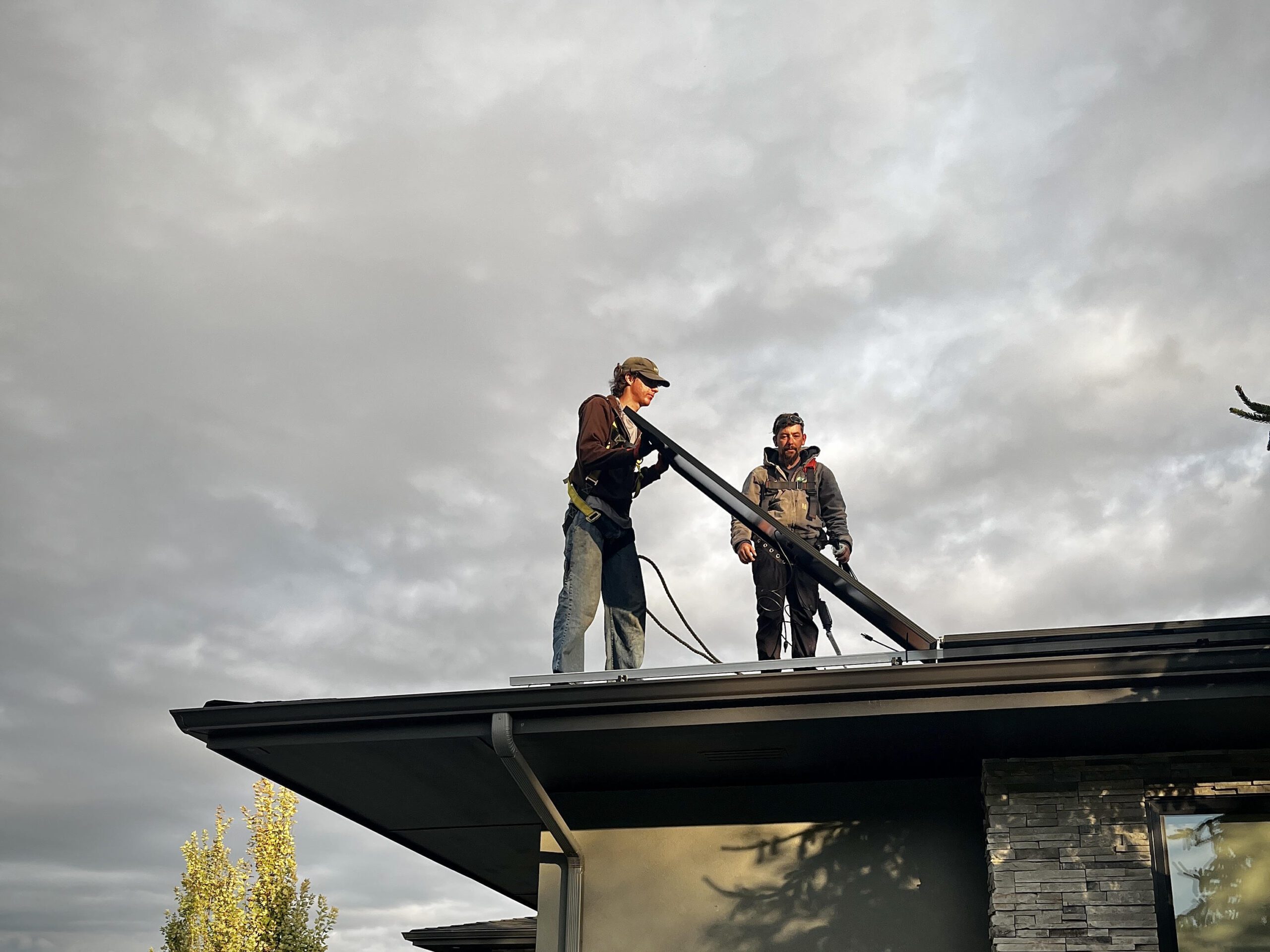As the federal solar residential investment tax credit (ITC, also Section 25D of the Internal Revenue Code) winds down, many homeowners and industry watchers are asking the same question: Will residential solar still be worth it?
The short answer is yes — and perhaps more than ever.

While the 30 percent tax credit has played a pivotal role in driving residential solar adoption in the U.S., the sunset of this incentive doesn’t change the fundamental economics of electricity: utility rates are rising, and they’re not going to stop.
The End of the Tax Credit Is Not the End of Solar
The ITC has historically reduced the upfront cost of solar installations by 30 percent, offering homeowners a compelling reason to make the switch. But as we move into a post-incentive era, it’s crucial to understand that the value of solar isn’t just about subsidies — it’s about long-term savings, energy independence, and protection against escalating electric bills.
For example, take the expected rate increase of 17.35 percent by Idaho Power for residential customers this coming January. To level the rate of return for the loss of 30 percent savings (end of ITC) following the increase to the retail cost of utility, we now have a mere 12.65 percent deficit to make up. With homeowners’ expected savings typically 2.5 to 3 times the pre-incentive cost of a solar system, we can assume the average ROI or payback timeline will increase by roughly one year after January.
Although this is a minor setback to the affordability of residential solar, it is not as traumatic as some would believe. The average payback (commonly referred to as a “break-even” timeline for a residential system) in Idaho Power’s service territory is roughly seven to nine years when considering a modest expectation of retail utility inflation.
The loss of the 30 percent tax credit, along with a simultaneous large increase to our utility rates, will now change this payback expectation to eight to ten years. With system warranties for up to 25 years and significant production expected well beyond, we expect a minor blip, if any, to the volume of new solar installations in southern Idaho.
Energy Storage Enhances the Value
As time-of-use pricing becomes more common and blackout events increase, battery storage is also becoming a key part of the residential energy equation. Homeowners with solar + storage setups can not only avoid peak pricing but also keep the lights on during outages — another form of energy independence that becomes more valuable as grid reliability falters.
With increased energy independence comes less reliance on the utility company and true avoided retail utility costs. For every kWh produced and consumed at home (before passing beyond the meter), the solar owner avoids the 11–15¢ charge from the utility company.
Imagine producing, consuming immediately, or storing energy to be consumed later, and not having to import (either all or even minimal) energy from the utility company. This is how to truly reduce or eliminate utility charges and how to keep yourself unexposed to increased retail utility rates.
The Sun Doesn’t Care About Tax Credits
While the federal tax credit helped kickstart America’s solar revolution, the driving forces behind residential solar adoption are now more structural and economic than promotional.
With utility costs poised to rise sharply in the coming years, solar is no longer a luxury or a niche — it’s a necessary tool for financial stability and energy security. So, while the tax credit may fade, the value of solar is only getting brighter.
But we recommend that you don’t wait for the next utility hike before installing solar. And if you have already made the switch, tell your family and friends to get a quote for solar or solar + battery today.






